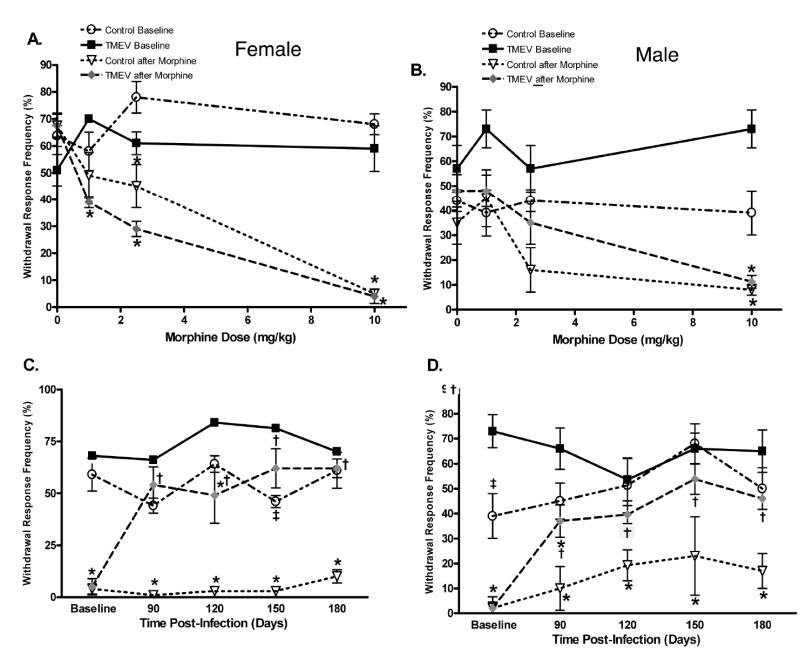Figure 4. TMEV-infection caused a significant decrease in morphine’s antinociceptive effect on mechanical hyperalgesia.
Baseline morphine antinociceptive responses were determined with a 9.8 mN von Frey filament 30 minutes after administering saline or 1, 2.5 or 10 mg/kg of morphine subcutaneously at day 60 PI in female (A) and male (B) TMEV-infected and uninfected controls. (C) TMEV-infected female mice exhibited mechanical hyperalgesia at day 150 PI when compared to uninfected controls (‡ p<0.05). Morphine-induced antinociception was determined during the chronic phase of TMEV-infection at days 90, 120, 150 and 180 PI following administration of 10 mg/kg morphine subcutaneously in both male and female mice. Uninfected control female mice exhibited significant morphine antinociception at all time points when compared to uninfected saline treated mice, but TMEV infected female mice exhibited significant morphine antinociception only at day 120 when compared to saline injected TMEV mice (* p <0.05). TMEV-infected female mice exhibited significantly decreased morphine analgesia when compared to morphine treated uninfected controls at days 90, 120, 150, and 180 PI († p<0.05). (D). Uninfected control male mice exhibited significant morphine antinociception at all time points when compared to uninfected saline treated mice, but TMEV-infected male mice exhibited significant morphine antinociception only at day 90 PI when compared to saline injected TMEV mice (* p <0.05). TMEV-infected male mice exhibited significantly decreased morphine analgesia when compared to uninfected controls at days 90, 120, 150 and 180 PI († p<0.05).

